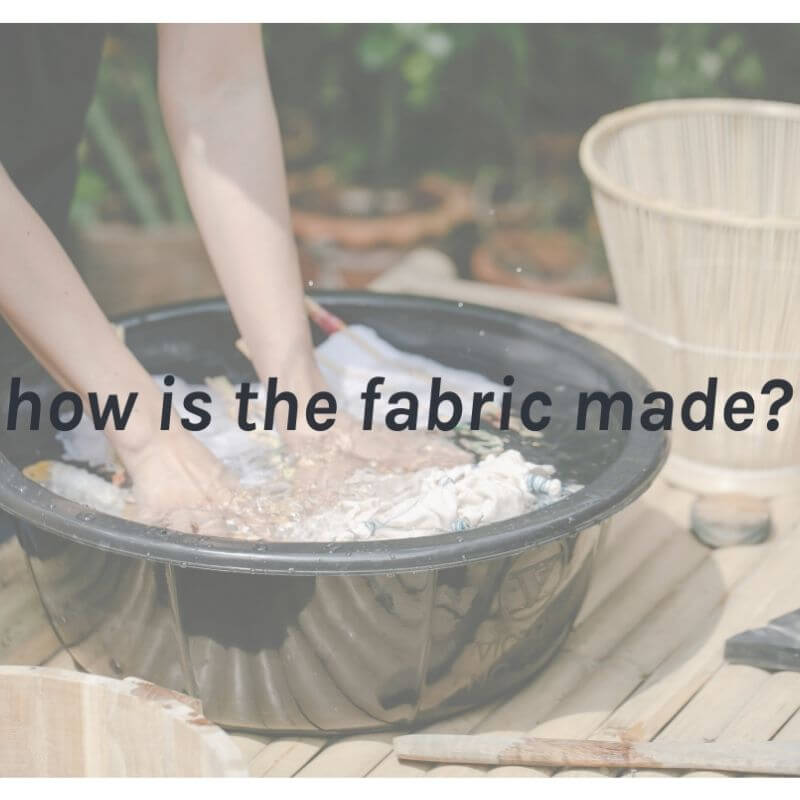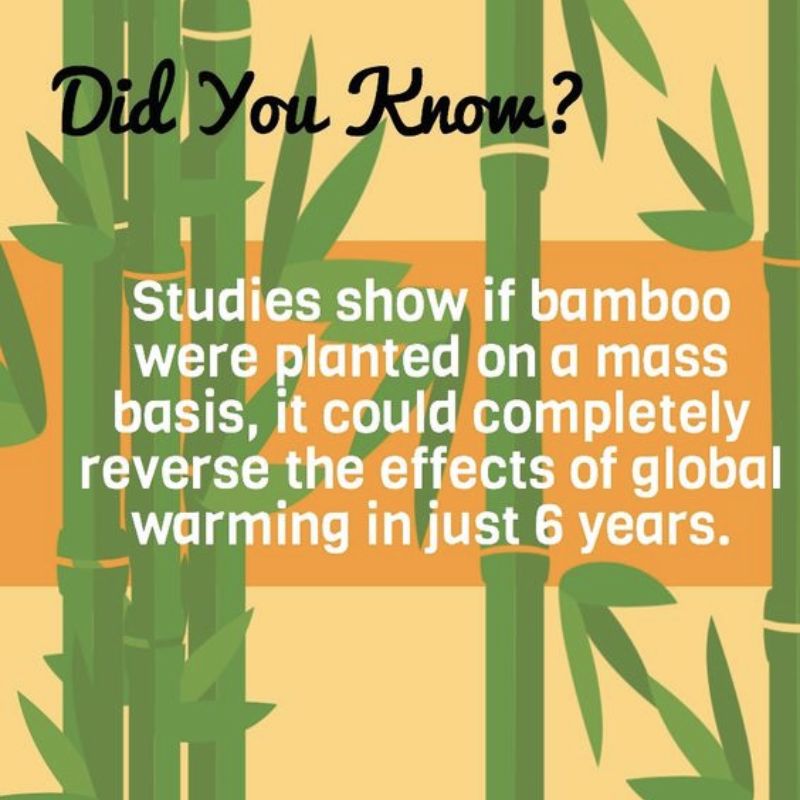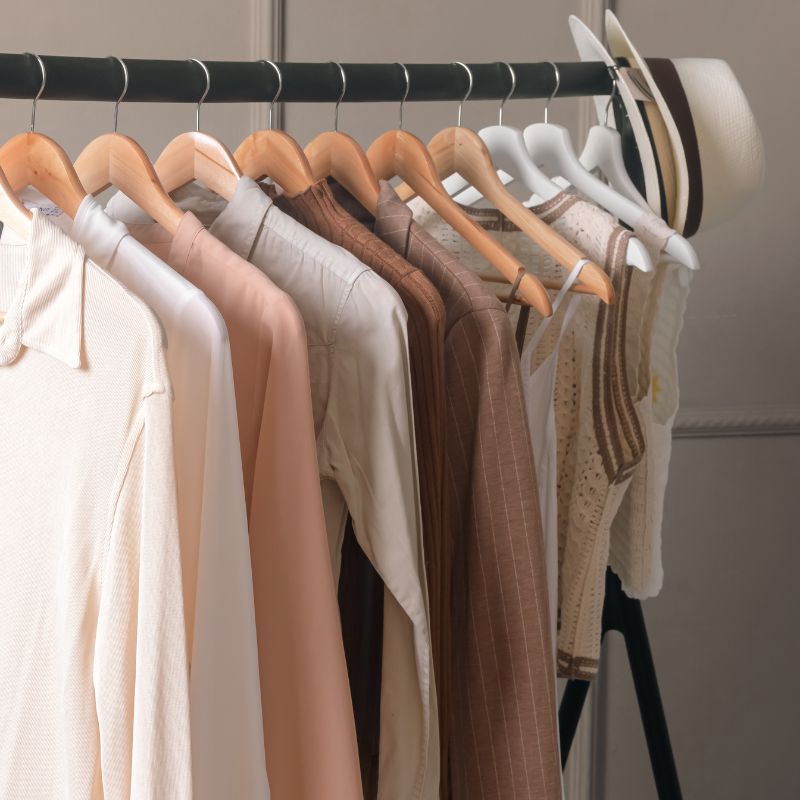In a not-so-practical world, bamboo fabric is one of the best materials you can choose for an ethical closet. It grows quickly, requires the least water, pesticides, and fertilizers, and regenerates naturally. However, it all boils down to one question: is bamboo fabric truly sustainable? Or is the process used to make it eco-friendly? Let’s find out.
What is bamboo fabric?
Bamboo could be a fabric you consider when looking for sustainable clothing. It is made of fibers harvested from bamboo plants. The clothing made from bamboo fabric is incredibly soft, cozy, and absorbent, which are its best features. The fabric is extensively used for bed sheets, socks, towels, and reusable diapers too.
The fabric’s ability to produce 35 times as much oxygen and absorb five times as much carbon as a similar-sized stand of trees is another great feature. In addition, the fabric is renowned for its sustainability since bamboo harvesting enables the plants to live even after harvesting.
How is bamboo fabric made?

Bamboo plants are the source of organic bamboo fabric. These plants are typically grown in Taiwan, China, Japan, and other parts of Asia. The Moso bamboo, also known as Phyllostachys edulis, is the most popular of the 1,400 species of bamboo. First, bamboo is cut for harvesting, and after that, it is processed into fiber either mechanically or chemically.
1. Mechanically-processed bamboo fabric
Bamboo linen is created in the mechanical process, in the same way as flax and hemp. However, producing this cloth is time-consuming and expensive, and the resulting roughness is uncomfortable. This is one of the main reasons why mechanically-processed bamboo fabric and bamboo linen are rarely found on the market.

2. Chemically-processed bamboo fabric
Chemically-processed bamboo is far more common than mechanically-processed organic bamboo fabric. Plant fibers are dissolved in a solution of sodium hydroxide and carbon disulfide to create it. The resulting syrupy solution is then pushed into a sulfuric acid solution through tiny holes. When the fibers are ready, they are woven into bamboo fabric.
What is the environmental impact of bamboo fabric?

Unfortunately, there are concerns about the environmental effects of large-scale bamboo cultivation methods. Additionally, a lot of chemicals are used in the process of turning bamboo fibers into fabrics. So, is it really eco-friendly? Let’s find out more.
Disadvantages of bamboo fabric
Bamboo has been hailed as a miracle material given its fast growth rate and the fact that it is absorbent. But unfortunately, organic bamboo fabric and other sustainable fabrics have two sides to them.
1. Hazardous to the environment
The UN estimates that clothing production uses more energy than the aviation and shipping sectors combined; it is responsible for 10% of global greenhouse gas emissions. Similarly, the process from harvesting bamboo to wearing bamboo clothing isn’t totally natural. In certain situations, large areas of ancient or endangered forests are destroyed to create room for bamboo plantations. The loss of biodiversity, which results in carbon emissions, is reason enough to question bamboo’s sustainability.
2. The production process is toxic to the planet
When it comes to organic bamboo fabric production, carbon disulfide’s chemical process is extremely toxic. Several health issues, including the risk of heart disease and stroke, have been associated with chronic exposure to carbon disulfide. As a result of these risks, the manufacture of viscose based on carbon disulfide is no longer permitted in the United States.
Is bamboo fabric better than other viscose fabrics?

Yes. Bamboo-based viscose, often known as bamboo rayon in the US, is more eco-friendly than conventional viscose. This is because it uses wood pulp derived from unsustainably harvested trees and ancient forests. However, these sustainable fabrics are only biodegradable if harmful chemicals have not been added to them.
The alternatives to bamboo fabric

The Natural Resources Defense Council recommends bamboo linen over viscose linen. However, only use naturally dyed linen. Hemp and organic cotton are two other alternatives to bamboo clothing. Also, hemp is an excellent option as it requires minimal water and grows quickly.
You can also choose Tencel, a bamboo fabric produced by the Lyocell method. It has almost no waste by-products and is created with fewer toxic chemicals.
So, is bamboo fabric really that sustainable?
Bamboo is a very sustainable crop if it is cultivated under the right circumstances and uses the proper production techniques. But there’s no denying that bamboo materials are an upgrade over conventional cotton and polyester. Reduce this risk and include sustainable bamboo fabric in your ethical wardrobe by shopping from brands that are ethical and transparent about their practices.
The verdict
Before choosing any fabric, even sustainable fabrics, as they say, think twice! For example, bamboo is a great crop in itself, but the process used to produce the fiber is bad for the environment and the workers. Check the tags carefully, and don’t rely solely on the claims made by any brand.
So, for your capsule wardrobe, be sure to choose the right sustainable fabrics. If you’re on the lookout for how to make your closet more eco-friendly, here are some closet clean-out tips for you. And when in doubt, always opt for sustainable fabric alternatives!











